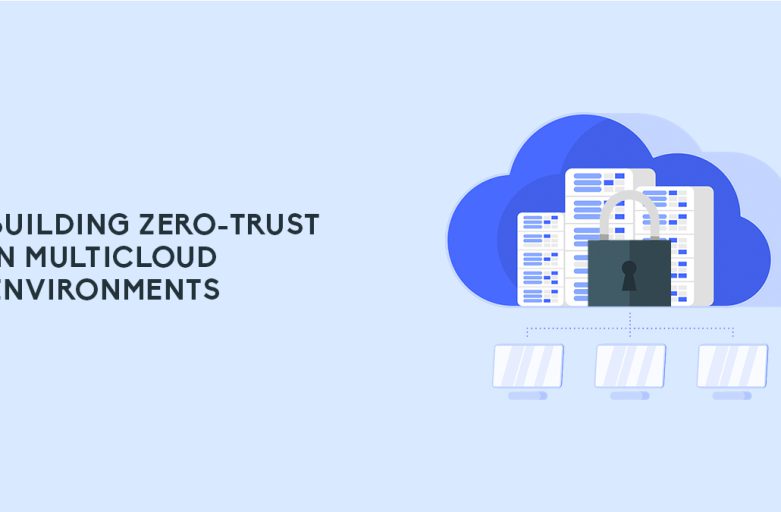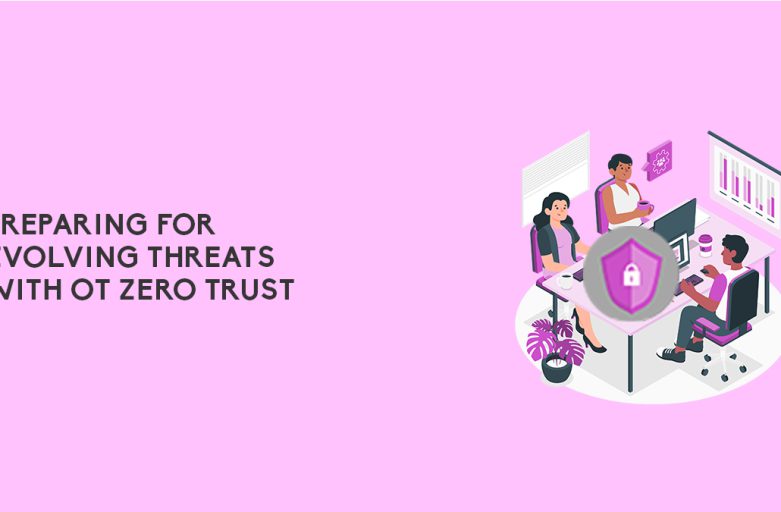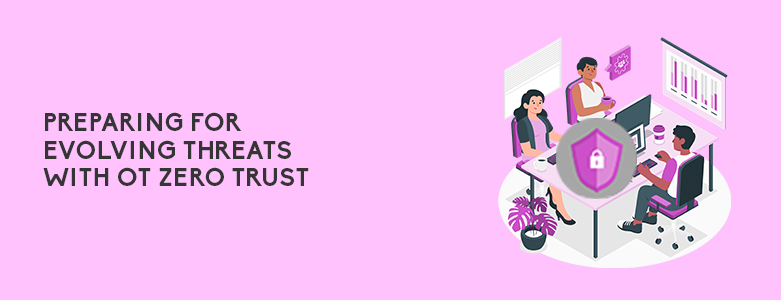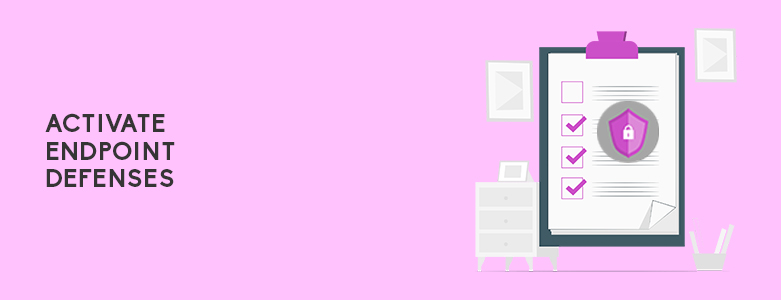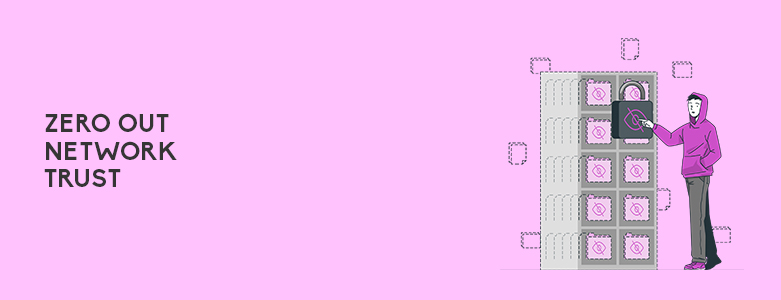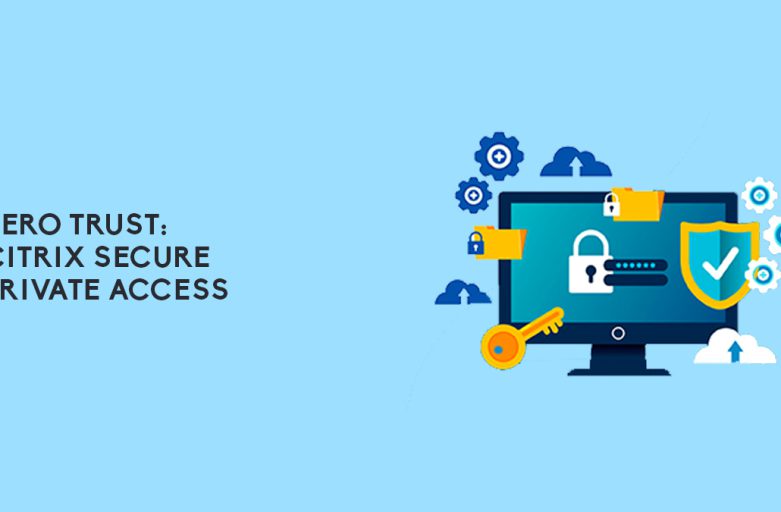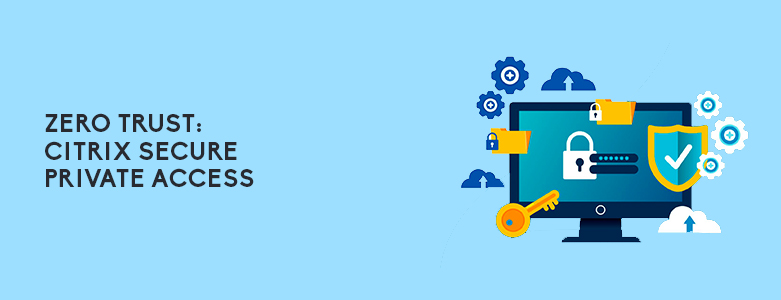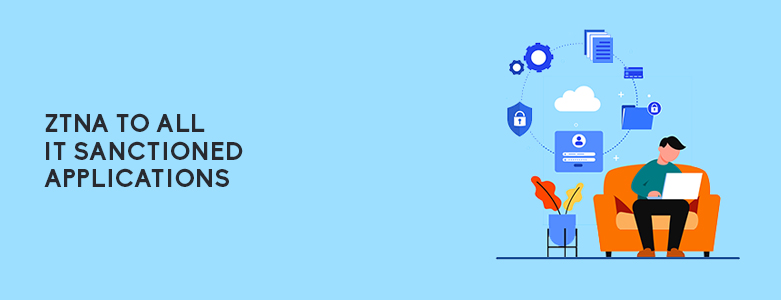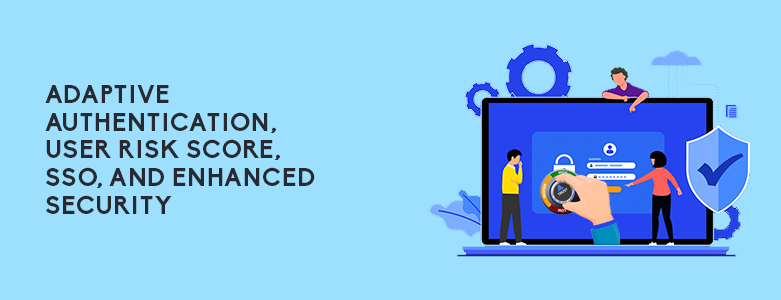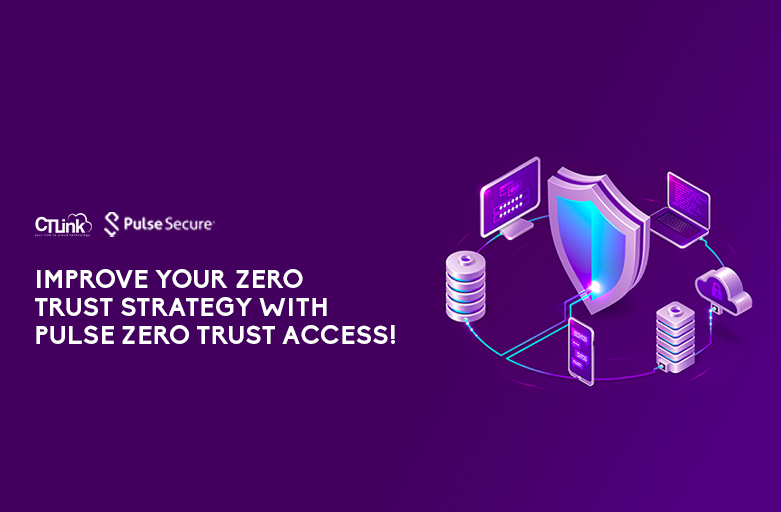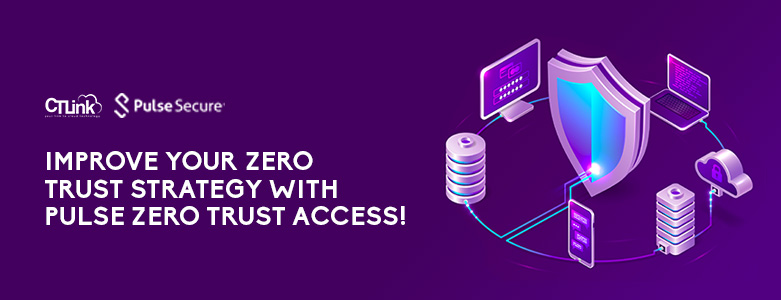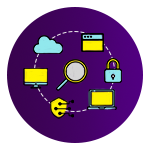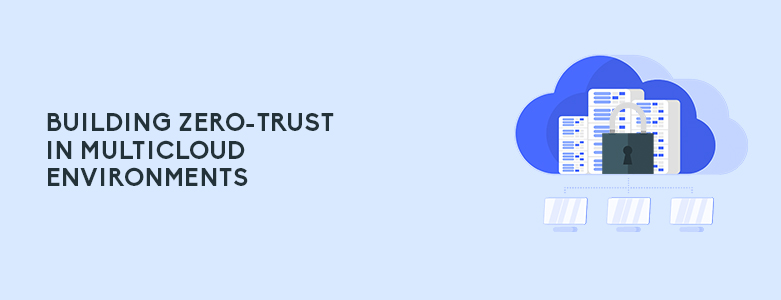
The ever-increasing complexity of the modern digital landscape has led to the rapid expansion of cloud computing. Multicloud environments, where organizations use multiple cloud service providers, have become the norm. However, with this increased flexibility comes added security risks.
Identity governance is a crucial aspect of building a zero-trust architecture in multicloud environments. By implementing a comprehensive identity governance framework, organizations can secure access to sensitive data and resources, no matter where they reside.
The Importance of Identity Governance in Multicloud
Identity governance is the process of managing and monitoring user access to systems and resources. It helps organizations ensure that only authorized users have access to sensitive information and resources, and that they are using them in compliance with the organization’s security policies.
In a multicloud environment, identity governance is even more critical. With resources spread across multiple cloud service providers, it becomes increasingly difficult to monitor and control access.
The Benefits of Zero-Trust in Multicloud
Zero-trust is a security model that assumes that all users, devices, and systems are potential threats. In this model, access to resources is granted only after the identity of the user and the device they are using has been verified and authenticated.
By implementing zero-trust in a multicloud environment, organizations can:
Improve security
By verifying the identity of all users and devices, organizations can reduce the risk of unauthorized access to sensitive data and resources.
Streamline compliance
Zero-trust enables organizations to enforce their security policies across all cloud service providers, ensuring that they are in compliance with regulations and industry standards.
Enhance productivity
By granting access only to authorized users, organizations can minimize downtime and ensure that employees have access to the resources they need to be productive.
Implementing Zero-Trust in Multicloud
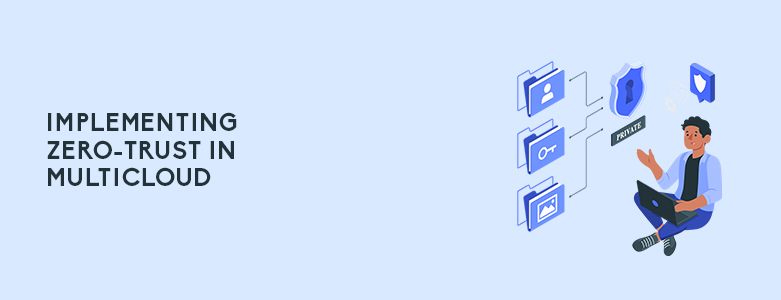
Implementing zero-trust in a multicloud environment requires a comprehensive identity governance framework that includes the following components:
Identity and access management
This includes the processes and technologies used to manage and control user access to resources.
Authentication and authorization
This encompasses all the methods and systems involved to verify the identity of users and devices and grant access to resources based on predefined security policies.
Monitoring and reporting
This takes into account the processes to monitor user activity and generate reports to help organizations identify and respond to security incidents.
Conclusion
In today’s rapidly expanding digital landscape, it is increasingly important for organizations to implement a zero-trust architecture in their multicloud environments. By implementing a comprehensive identity governance framework, organizations can secure access to sensitive data and resources, minimize downtime, and ensure compliance with regulations and industry standards.
To learn more about Zero-trust and cloud environments, you can contact us at marketing@www.ctlink.com.ph to learn more!

